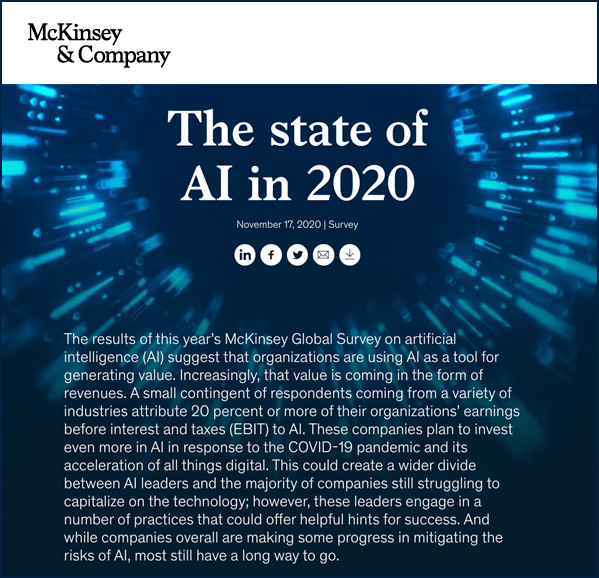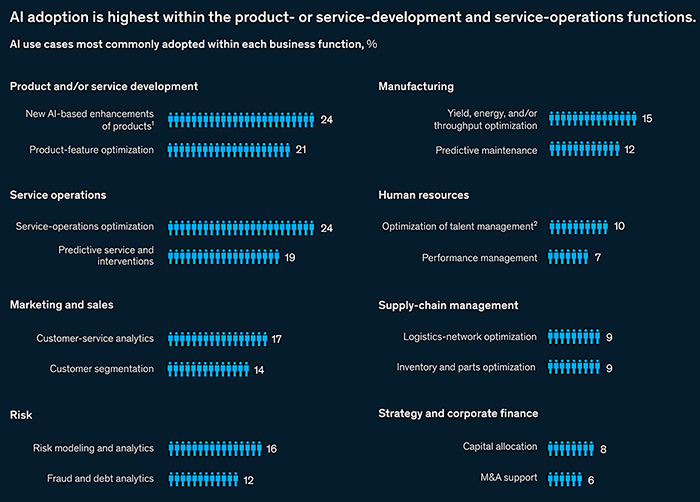Psalm 86:1-12 — from biblegateway.com
A prayer of David.
1 Hear me, Lord, and answer me,
for I am poor and needy.
2 Guard my life, for I am faithful to you;
save your servant who trusts in you.
You are my God; 3 have mercy on me, Lord,
for I call to you all day long.
4 Bring joy to your servant, Lord,
for I put my trust in you.
5 You, Lord, are forgiving and good,
abounding in love to all who call to you.
6 Hear my prayer, Lord;
listen to my cry for mercy.
7 When I am in distress, I call to you,
because you answer me.
8 Among the gods there is none like you, Lord;
no deeds can compare with yours.
9 All the nations you have made
will come and worship before you, Lord;
they will bring glory to your name.
10 For you are great and do marvelous deeds;
you alone are God.
11 Teach me your way, Lord,
that I may rely on your faithfulness;
give me an undivided heart,
that I may fear your name.
12 I will praise you, Lord my God, with all my heart;
I will glorify your name forever.




















